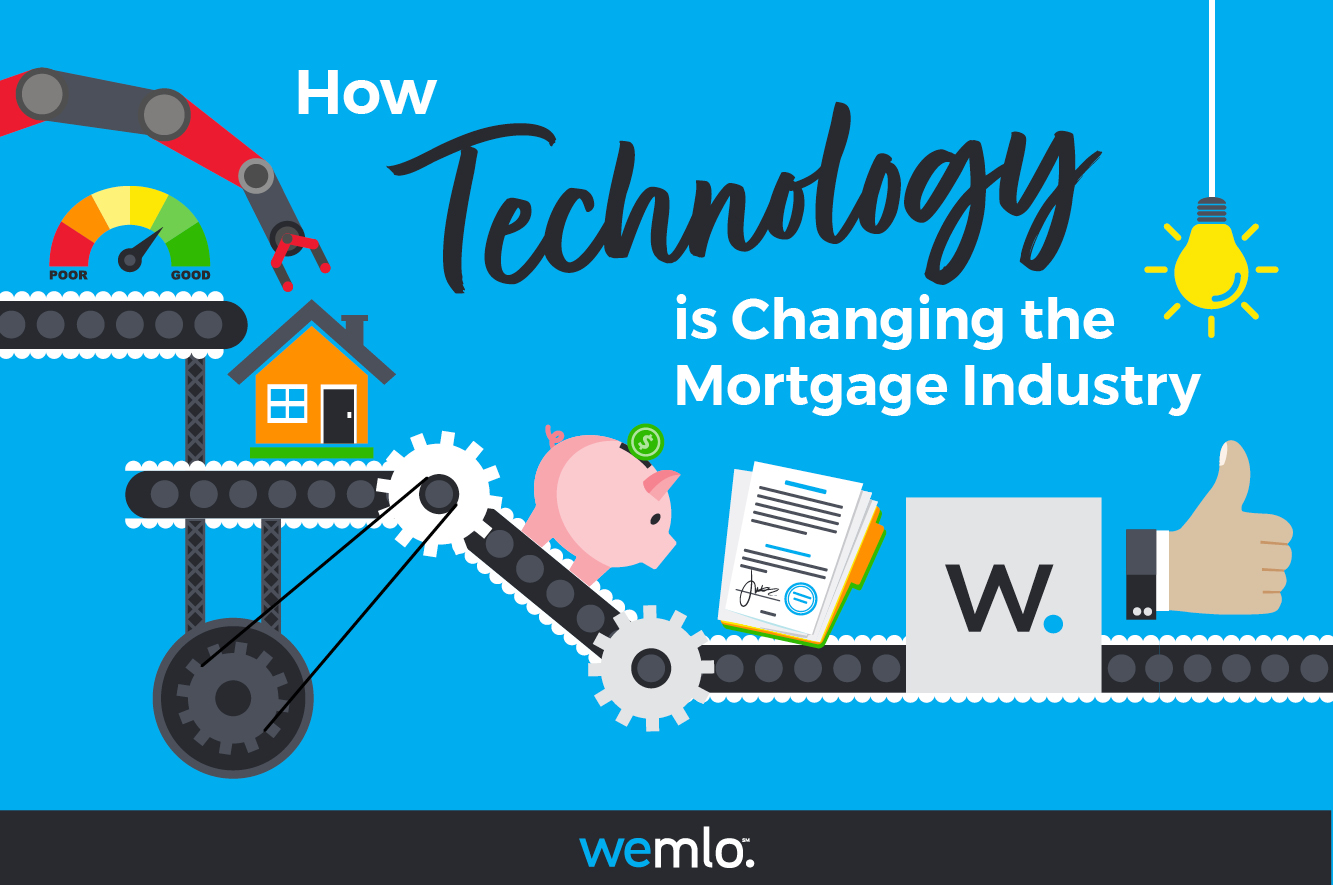New brokers should get to know these consummate professionals. If you’re new to the ranks of the nation’s 25,000+mortgage brokers, odds are you’re still familiarizing yourself...
The mortgage industry has occasionally been considered clunky, slow-to-respond, or confusing. For example, a June 2021 survey highlighted gaps in the average American’s mortgage knowledge, including an understanding that escrow could factor into closing costs and how pre-qualification plays a role.
Within the last two years though, amid a global pandemic and record-housing boom, the industry as a whole was forced to adapt. Mortgage tech played a large role in fighting lender burnout, adding speed and efficiency, and making mortgage services more accessible to all.
When considering the future of the mortgage industry, mortgage loan originators (MLOs) should understand some of the primary benefits of incorporating new technology. After all, technological advances are believed to be at the forefront of the industry’s evolution.
Tech Helps Fight Burnout
Over the past two years, MLOs have seen surging refinance volume and record home sales. Amid all the activity, the risk of stress, exhaustion, and burnout is high. Luckily, mortgage tech has helped streamline the transaction process for more than just home seekers. MLOs can benefit from technological advances as well.
For example, modern fintech software can offer simplified compliance and direct connection to loan processors while ensuring you retain broker compensation and avoid paying processing costs. These all-in-one platforms streamline the entire workflow of the mortgage transaction for increased productivity, efficiency, and growth.
With less resistance, cold calling, and confusion, MLOs can face lower rates of stress and anxiety while focusing on business growth.
Tech Provides an Unparalleled Mortgage Experience
Perhaps most importantly, consumers are demanding state-of-the-art tech when it comes to mortgage services. A recent survey found that the pandemic has fundamentally altered the ways in which consumers utilize technology, and Americans seeking mortgage loan or refinancing respond well to lenders with online tools and platforms. More than half of respondents (58%) reported that the availability of an online application would affect their decision on a lender, and 47% preferred their lender to offer a mobile app.
In an interview with Forbes, Joe Tyrrell, President of ICE Mortgage Technology, asserted that “From a borrower’s perspective, the pandemic has accelerated the demand for a consistent, digital-first borrowing experience. Signing documents electronically is quickly becoming the minimum, and borrowers expect a seamless experience from start to finish. In 2020, many lenders cobbled together different solutions to meet borrower demands, but that often led to a more confusing, fragmented process. Covid highlighted the need for a single consistent digital experience for consumers.”
In 2020, 60.4% of lenders who offer online loan applications reported that more than half of all applications were submitted online, and 38% of these lenders reported that more than 80% of all applications were submitted online (Forbes, 2021). Between new technology tools and growing digital dexterity, this trend is unlikely to slow.
Technology and the Mortgage Process
Regardless of where you stand on trying out all the latest gadgets, a high-tech home financing experience is likely here to stay. And for good reason! Thoughtful investment in mortgage tech can cut down on lender burnout, create a more streamlined process, and, most importantly, give the consumer what they want.
And here’s some good news: when the wemlo℠ Loan Brokering System℠ (LBS℠) launches in January 2022, it will offer so many of these features and more! Sign up here to be among the first to know about all things wemlo!



